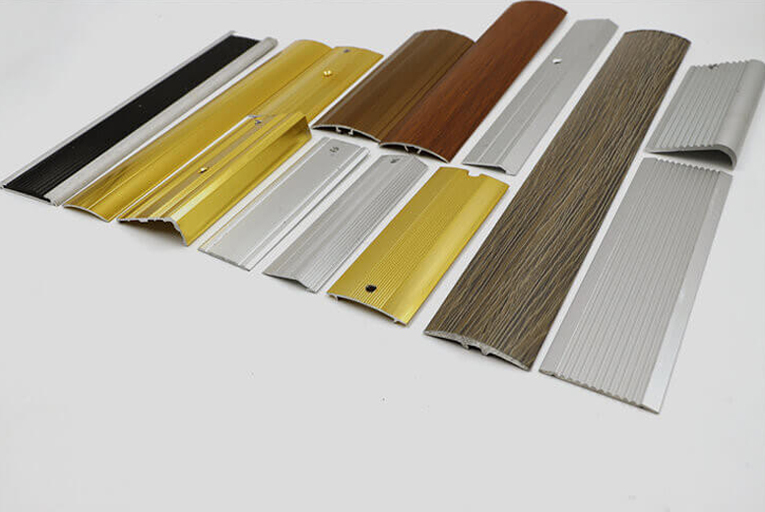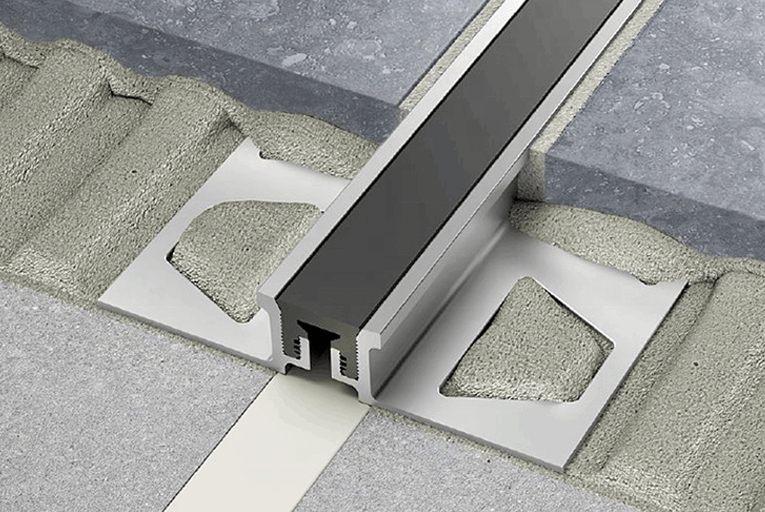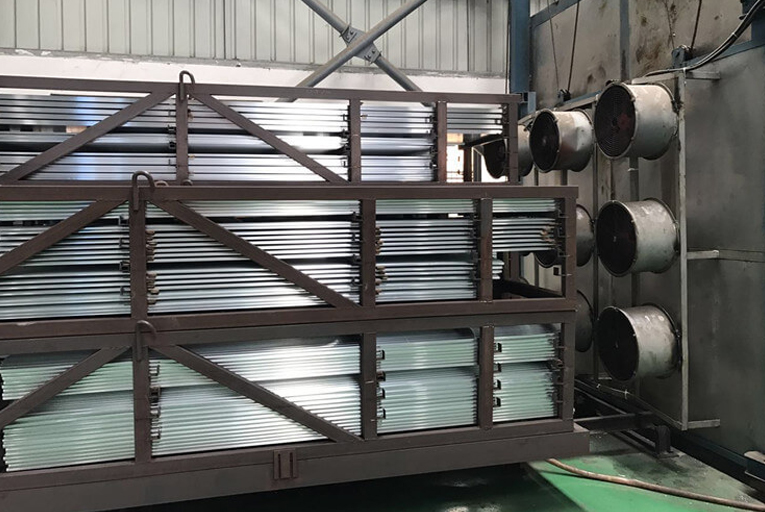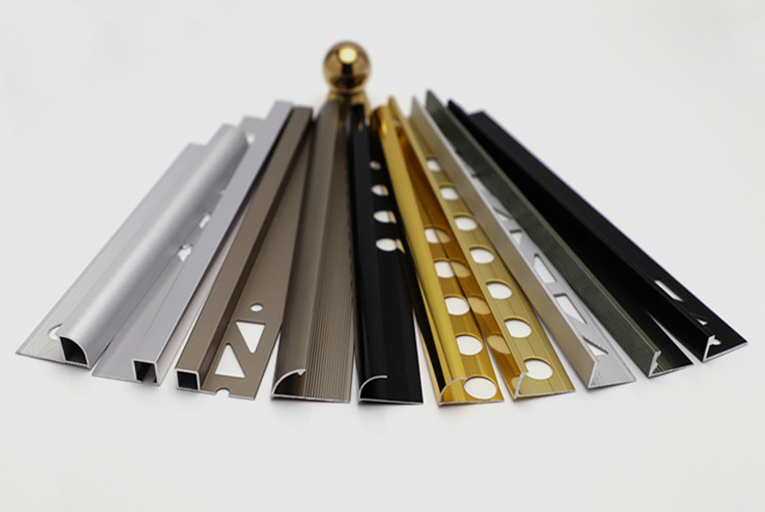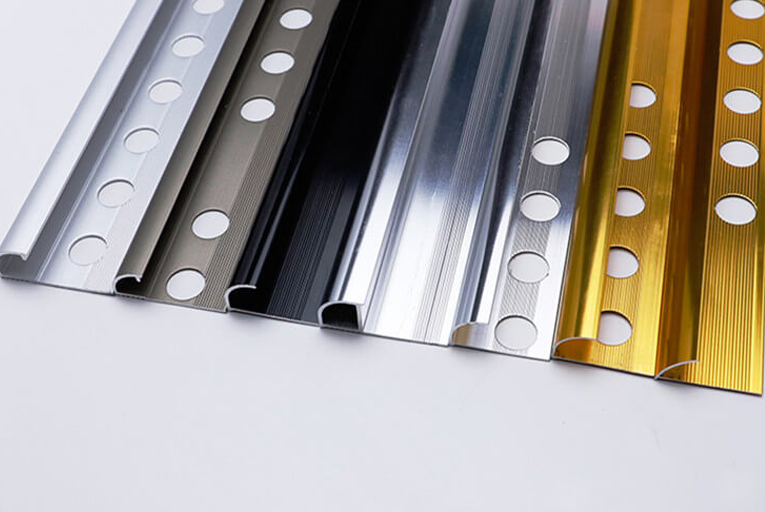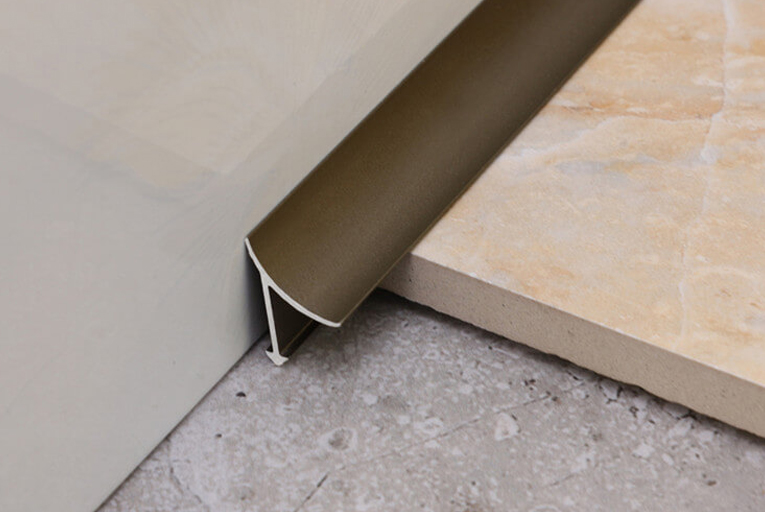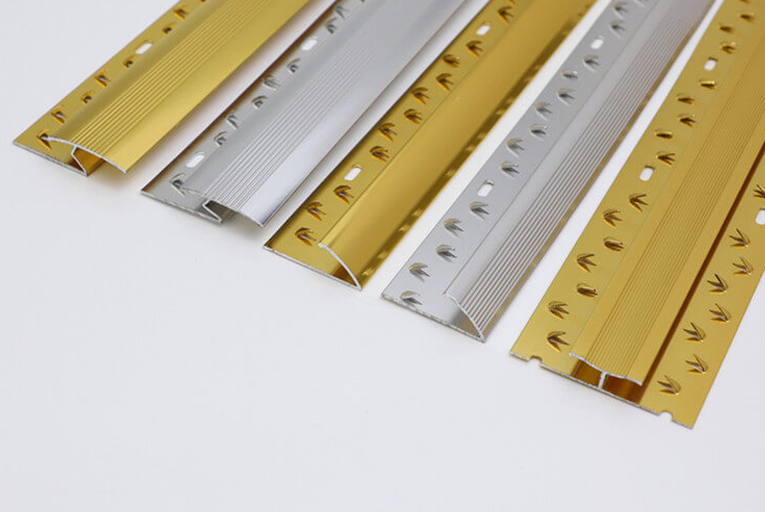Pros and Cons of Different Tile Transition Strip Materials
In the realm of home improvement, bridging the gaps between different flooring surfaces requires careful consideration. Tile transition strips emerge as indispensable tools, providing a seamless and visually appealing connection. However, navigating the labyrinthine options can evoke a sense of bewilderment. Fret not, for this comprehensive guide will delve into the pros and cons of various tile transition strip materials, empowering you to make an informed decision that aligns with your project’s requirements.
Aluminum
Pros:
Durability: Aluminum’s robust nature withstands heavy foot traffic and everyday wear and tear.
Versatility: Its sleek, metallic appearance complements a wide range of tile colors and styles.
Cost-effectiveness: Aluminum strips generally offer a budget-friendly option.
Cons:
Cold to the touch: Aluminum’s inherent conductivity can create an uncomfortable sensation when barefoot.
Susceptible to scratches: Over time, aluminum strips may develop superficial scratches that diminish their aesthetic appeal.
Stainless Steel
Pros:
Extreme durability: Stainless steel strips are impervious to corrosion, ensuring longevity in moisture-prone areas.
Resistance to scratching: Their surface hardness prevents unsightly marks and abrasions.
Modern aesthetics: Stainless steel’s contemporary look adds a touch of sophistication to any space.
Cons:
Costly: Stainless steel strips tend to be more expensive than other materials.
Visibility: Their metallic sheen can stand out if not properly matched to the surrounding tiles.
Rubber
Pros:
Flexibility: Rubber strips easily conform to uneven surfaces, creating a snug fit between tiles.
Slip resistance: Their textured surface enhances traction, reducing the risk of accidents.
Sound dampening: Rubber’s shock-absorbing properties help minimize noise caused by footfalls.
Cons:
Limited durability: Rubber strips are not as resilient as metal options and may deteriorate over time.
Discoloration: Exposure to sunlight and cleaning chemicals can lead to discoloration or fading.
PVC
Pros:
Water resistance: PVC strips effectively prevent water seepage between tiles, making them suitable for wet areas.
Variety of designs: Manufacturers offer a wide selection of colors and patterns to complement diverse tile designs.
Cost-effectiveness: PVC strips are generally affordable and offer a budget-conscious solution.
Cons:
Susceptibility to scratches: PVC’s soft surface can be easily scratched or damaged.
Environmental concerns: PVC is a synthetic material that may raise environmental considerations.
The Verdict
The optimal tile transition strip material depends on the unique requirements of your project. For areas that demand durability and cost-effectiveness, aluminum or PVC strips are solid choices. If aesthetics and corrosion resistance are paramount, consider stainless steel. Rubber strips excel in areas with moisture or sound concerns, while PVC offers versatility and affordability. Ultimately, careful analysis of the pros and cons will guide you towards the most suitable option that seamlessly bridges the gap between your beautiful tile surfaces.
-
The 6 Hottest Tile Trim Solutions for 2021
2022-02-09 -
How to Install Tile Trims Line?
2022-02-09 -
Difference Between Sandblasting and Anodizing Surface Treatment of Aluminum Tile Trim
2022-02-09 -
The Different Uses of Tile Outside Corner Edging Trim and Inside Corner Edging Trim
2022-02-09 -
The Most Popular 5 Different Materials of Tile Trim Line
2022-02-09 -
What is Carpet Cover Trim?
2022-02-09
